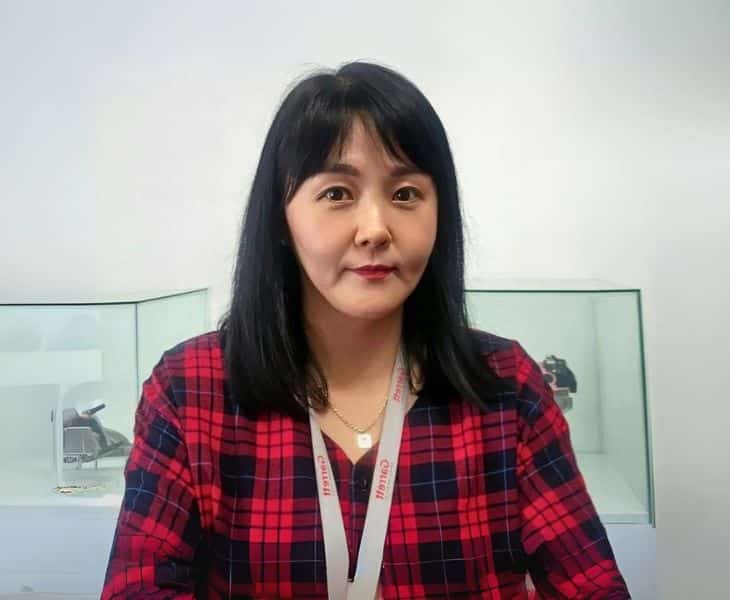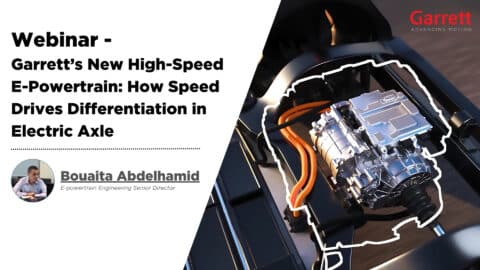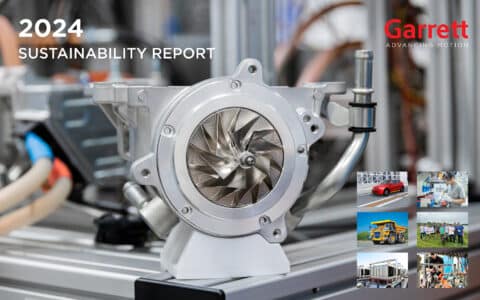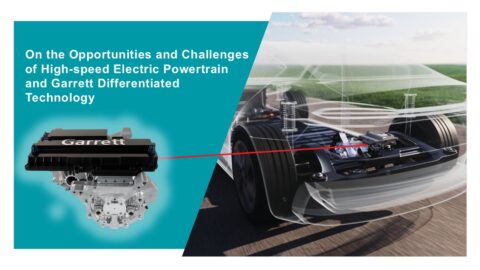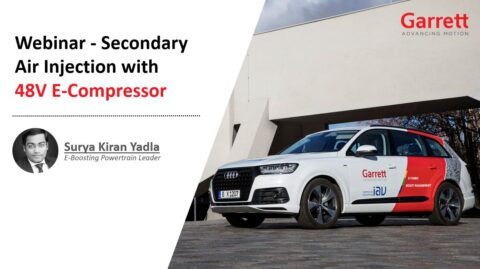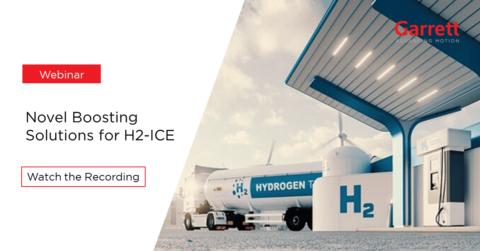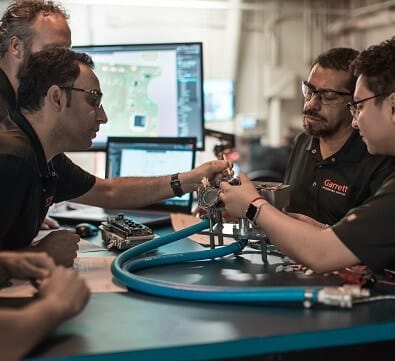Accessing the Knowledge Center effectively requires a simple, one-time registration.
The coupling of Advanced Gasoline Combustion and a fast-transient Boost System to produce a Low CO2 vehicle Concept
Abstract:
EU H2020 “Particle Reduced, Efficient Gasoline Engines” (PaREGEn) project targets CO2 reduction by at least 15% under upcoming EU6 RDE legislation. A lean combustion vehicle demonstrator, the concept and design studies of which are summarized in this paper, is one of the workstreams in the project. Specifics of boosting system sizing for such an advanced combustion powertrain are elaborated in detail for full- and partload conditions. Boosting system design for vehicle packaging is also introduced, as well as the upcoming activities outlook.
Key Words: Efficiency, Lean Combustion, VNT, eBoosting
Introduction:
In the “Particle Reduced, Efficient Gasoline Engines” (PaREGEn) project, further development of gasoline engines as used in mid- to premium-sized passenger cars is being made [1]. The requirement for clean, efficient and economic engines for cars regularly used for inter-urban and regional transport becomes both more urgent and more effective to address the societal challenges of air quality, decarbonisation and cost-effective mobility.
The overall objective of the PaREGEn project is to demonstrate at up to TRL 7 a new generation of gasoline direct injection engines achieving a ≥ 15% reduction in CO2 emissions, through the optimal combination of advanced engine and robust aftertreatment technologies. The developed powertrain will comply with upcoming Euro 6 RDE limits with particle number emissions measured to a 10 nm threshold limit.
The project comprises three major elements:
1. In-depth research to better understand relationships between combustion technology, engine design, engine operation, emission and particle formation.
2. Development of two types of the engine in following work-packages:
a) WP3 on stoichiometric combustion and water injection
b) WP4 on lean combustion with dry air dilution
3. Independent value assessment in RDE condition vs. project targets






